In collaboration with Lövendahl, Zakarian created and curated BLACKLANDS:
a group exhibition focusing on the color black.
With her project Unatur, Mariam Zakarian was one of the participating artists.

Unleashing the Dark Feminine through Bewitching Photography : Nona Limmen
22 July 2024Artist Interview
Mariam Zakarian
Mythical Creatures and Untamed Unatur
Interview by Monica Hee Eun, August 2024.
Interviewet findes også på dansk.
Mariam Zakarian is a visionary artist whose work transcends the boundaries of the natural and the supernatural, weaving together ancient myths, treacherous nature and classical beauty, all enveloped in an elegant, dark aesthetic. Her art delves into themes of mortality, the cyclical nature of life, and the potent forces of nature, rendered with a delicate touch that imbues even the darkest subjects with a sense of lightness and fluidity.

Hailing from Armenia and living in Copenhagen, Denmark, Zakarian’s autodidactic journey has led her through a broad spectrum of mediums, from classical drawing and painting to digital art, photography, film, and even virtual reality.
Her project, Unatur, is a profound reflection on the unnatural, drawing inspiration from ancient myths and the timeless beauty of classical sculptures. The art, characterized by ornate details and dynamic compositions, captures the dangerous allure of poisonous plants and formidable creatures— not to warn or frighten, but to celebrate their inherent, untamed beauty. These works present themselves to us with grace and ornamental elegance, in what might traditionally be seen as dark or menacing. As a viewer, it is truly a joy to explore the intricate details and reflect on the rich symbolism within her works.
As a pioneer in her field, Zakarian created Denmark’s first room-scale virtual reality art installation, Amaryllis VR, showcasing her ability to bridge the gap between the classical and the hi-tech. Her work has been showcased in venues worldwide, from contemporary art museums to major tech and art events. Beyond her creations, she actively engages in dialogues about the intersection of art, art making and technology, occasionally speaking at international festivals and conferences.

Her innovative and driven spirit is further showcased in her curatorial work, such as the BLACKLANDS group exhibitions. This project delves into the multifaceted significance of the color black, presenting it through the unique perspectives of various artists. Not only did Mariam co-organize and curate this exhibition, she also conducted in-depth interviews with several of the participating artists (including myself), exploring their creative processes and inspirations. This reflects her dedication to nurturing conversation within the art community as well as her passion for sharing and spreading the captivating allure and wonderful genre of dark art to a local as well as global audience.
I am truly happy and honoured that this time, she has agreed to let me interview her, allowing us to delve deeper into her visionary approach as an artist and letting us know a bit about her inspirations and thoughts revolving around her diverse body of work.
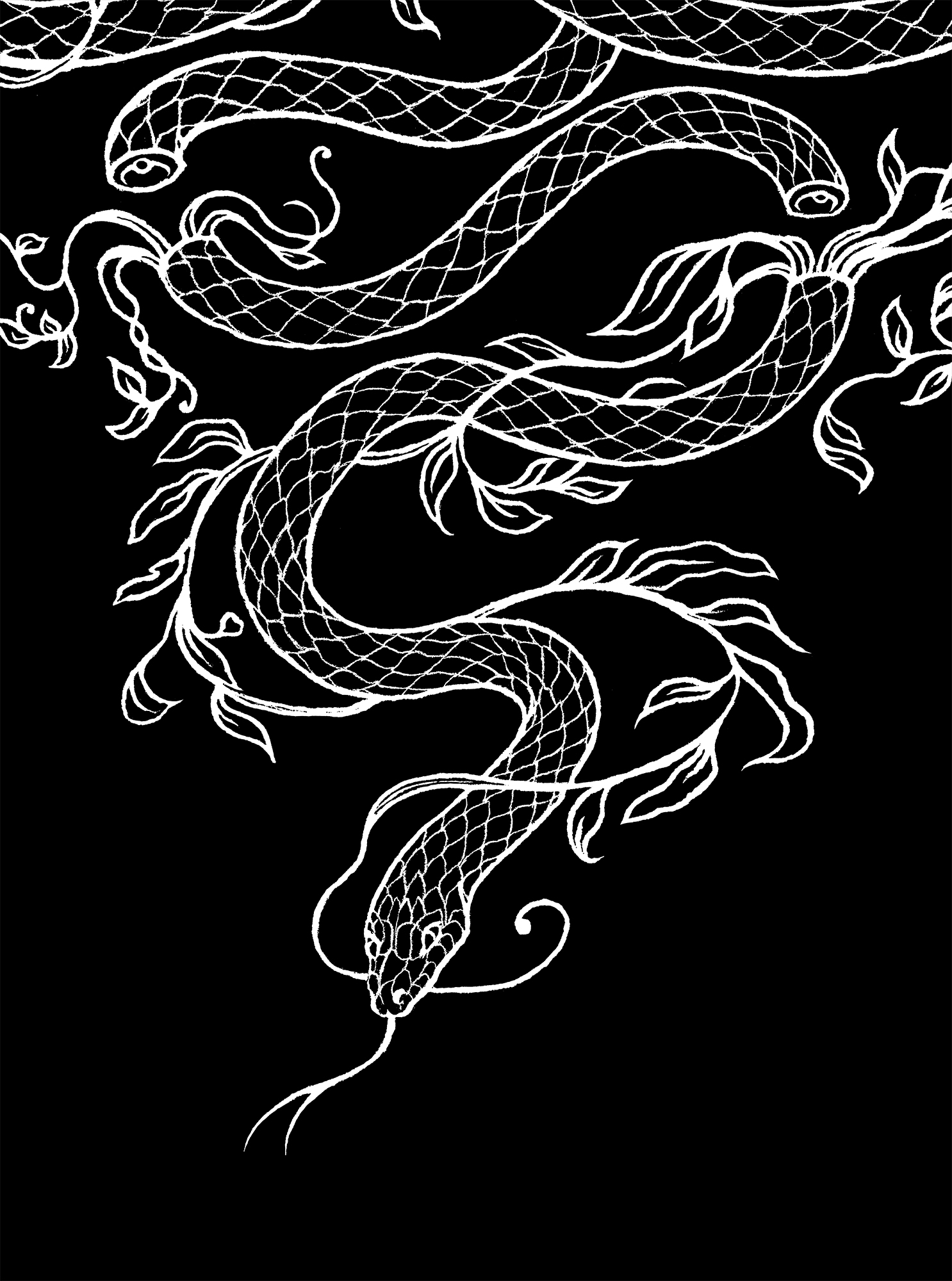
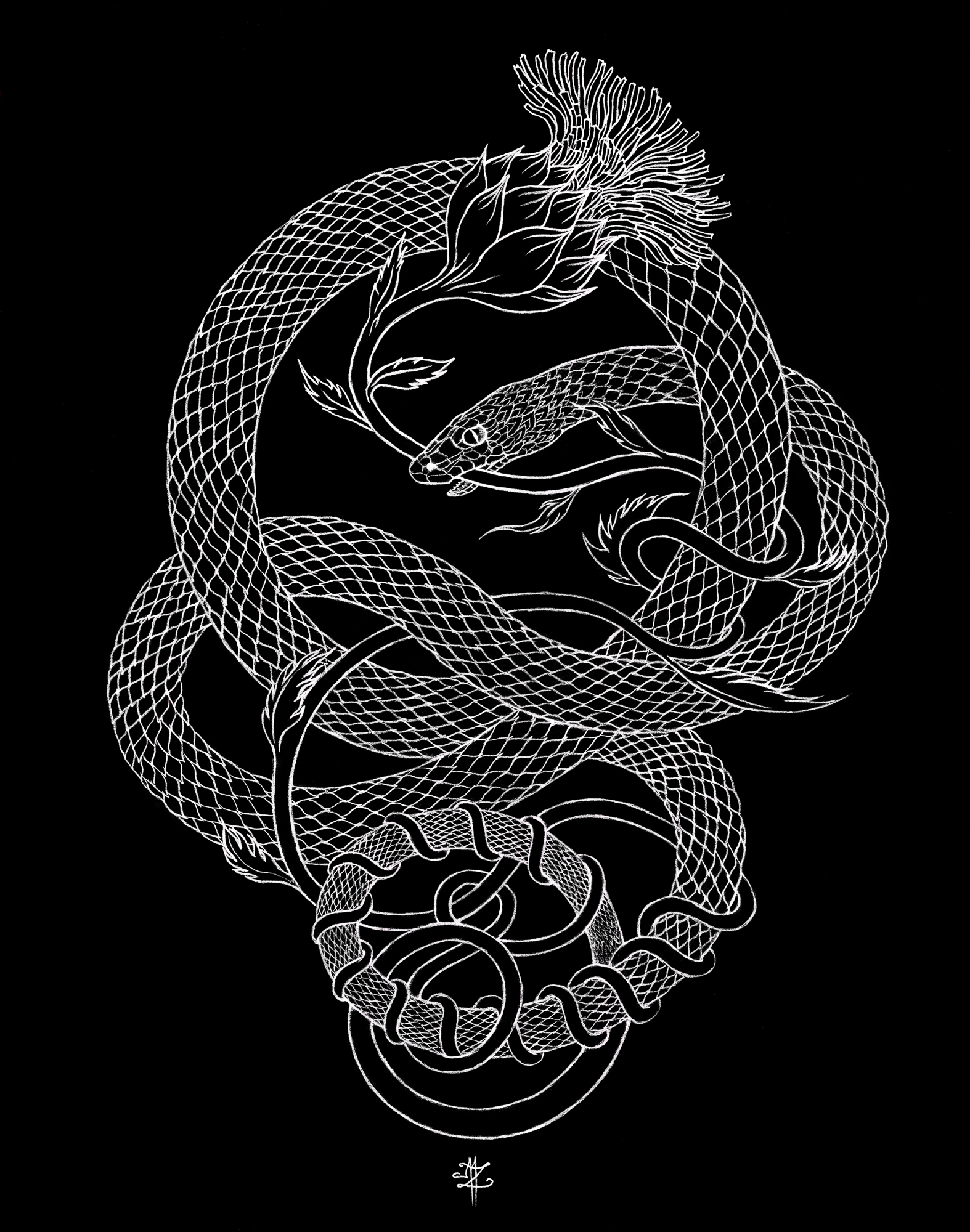
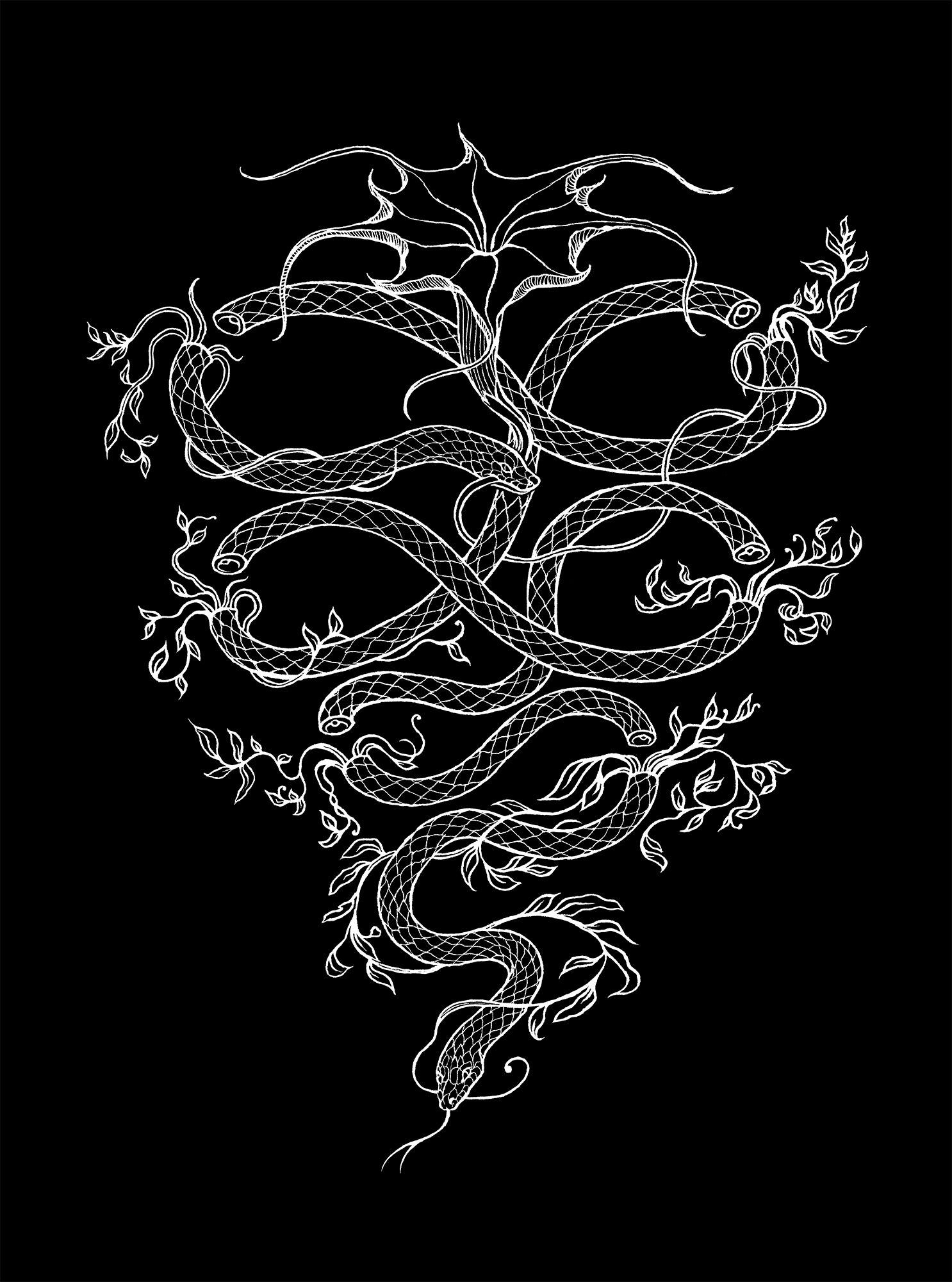
"Everyone can relate to the concept of death, and I think subconsciously, this will always make people more interested in things made by other humans or natural processes that take years to evolve."
- Mariam Zakarian
Q: Your project Unatur explores the beauty but also the more dark and dangerous aspects of nature, as well as specific mythological creatures. What inspired you to focus on these concepts?
Mariam Zakarian: Unatur in Danish means an unnatural event or entity, so this project is where I explore strange wildlife, botanical marvels, and interesting characters from myths and old tales –things that fill me with a sense of mystery and curiosity. Another reason for the name is the part of me that essentially wants to escape civilization and live in the wilderness among the other wild things. Society is sometimes exhausting and disappointing, so the primal and primitive can feel more truthful and logical.
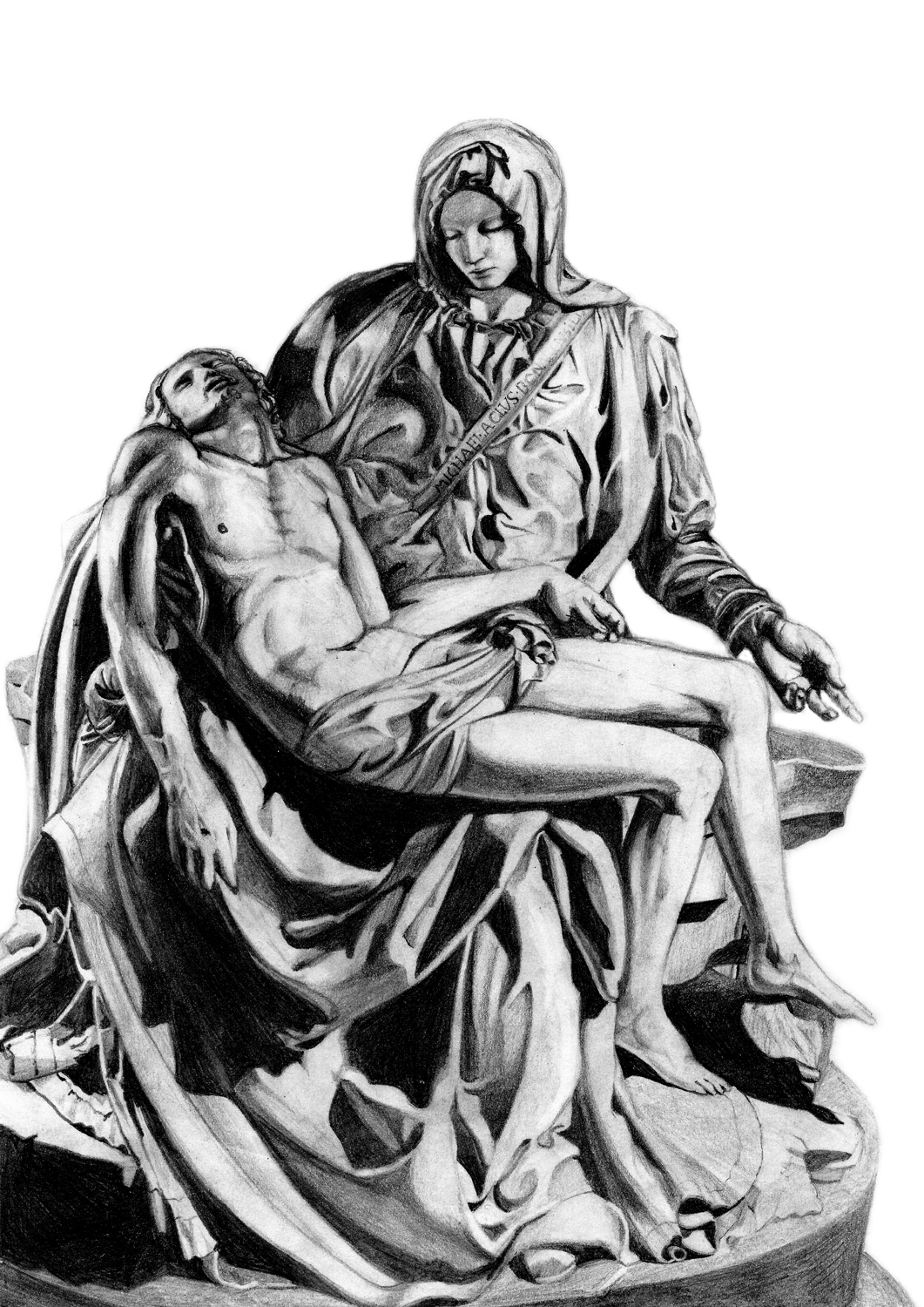
Unatur is an open-ended project I’m developing as I go, as a counterbalance to my other projects with more serious themes and complex technology requiring lots of planning. In those intense periods I long for simpler, quieter work, so these drawings became my after-hours exercise in organic compositions and capturing beauty for its own sake, going back to my creative roots.
Graphite pencils were my first serious art tools at age 12, which is when I fell in love with Michelangelo’s sculptures, Gustave Doré’s illustrations, Gothic film and literature. I mainly drew portraits and mythical creatures then. The latter returned in 2014-15, becoming Unatur.


Q: Despite dealing with profound themes like death and the cyclical nature of life, your artwork maintains a sense of elegance and fluidity. How do you navigate the balance between dark subject matter and the aesthetic lightness in your compositions?
Thank you for the observation. It’s not something I strive for consciously.
I’ve always tried to make sense of the world by exploring intense subjects, so in a way I guess I’m naturally drawn to the dark and dramatic, which then ends up bleeding into my personal art.

I believe there is wisdom in trying to understand even the worst of human nature, and familiarizing oneself with great tragedies. It’s preparation for life, for dealing with difficult situations, and it also trains our character to not look away or stay quiet when horrible things happen.
For me, it’s also a search for balancing the positive and the negative, unearthing context, celebrating the entirety of life, not just the good parts. If you think the aesthetic of my drawings contains lightness and fluidity, that might be the explanation.
"Every time there's a new breakthrough in tech, there’s a counterculture moving in the opposite direction, returning to classical media and nature.
I identify more with the latter."
- Mariam Zakarian



Q: As a self-taught artist, how has your journey shaped your unique approach to the various mediums you work with, from traditional forms like drawing to the immersive world of VR?
My approach is the same no matter the medium. I like having the vocabulary to express myself appropriately, so I don’t like being limited by genres, techniques or tools. The goal is to challenge myself with every new project.
Oil painting can be as technically demanding as creating a virtual reality art installation, and there’s always a long, difficult period in the beginning of learning any skill where you can’t quite create what you envision. Learning on my own has probably made me a little better at tolerating that part, so I actually enjoy throwing myself into the unknown. Into new, big projects.
Art is a precious place of freedom for me, so I’ve always been wary of outside influence and had a bad attitude towards art schools and authorities, especially when I was younger. Maybe that’s arrogant of me, but I think this Do-It-Yourself-approach has made me resilient, and I’ve learned to take risks without fear of failure.


Q: You have successfully integrated traditional art with cutting-edge technology in your work, specifically in your VR projects. How do you envision the future of art in the digital age, and how does technology influence your creative process?
For me, there’s not much difference between making traditional and digital art; each technique has its own qualities and challenges. However, being away from screens is so much healthier both for the body and the spirit.
I’ve worked with VR since 2014, and observed the cycles and trends in the digital space: VR/AR, NFTs, AI etc. Every time there’s a new breakthrough in tech, there’s a counterculture moving in the opposite direction, returning to classical media and nature. I identify more with the latter.
"Society is sometimes exhausting and disappointing,
so the primal and primitive can feel more truthful and logical."
- Mariam Zakarian
When I made my first solo VR piece in 2016, I also developed my own personal philosophy of Slow VR, as a reaction to what’s been called the Attention Economy, and the mainstream tech culture that moves at an unsustainable speed. As a result of our society’s hyper-focus on tech, short-term solutions and instant gratification, there’s a shortage of authentic art. My heart breaks when unique techniques and crafts go extinct because they are more costly than a digital counterpart, or less profitable.



Q: Your VR art installation, Amaryllis VR, offers viewers a fully immersive experience. How do you believe this form of art impacts viewers differently (if so) than more traditional mediums?
VR allows the artist to affect the viewer in such a direct way, that it can be too overwhelming. The brain tricks you into accepting the virtual as real, so the reaction is often completely involuntary. When exhibiting Amaryllis VR : Ocean I’ve observed people holding their breath or ducking when a large, digital wave crashes over them.
It’s interesting to explore the emotional and physical reactions of my audience, and sometimes it can lead to experiences that are impossible to have in real life, nevermind any other art medium. But simultaneously, I feel a huge responsibility towards the viewer’s comfort and privacy, which I think isn’t prioritized enough by developers and tech companies. It’s a problem when commercial interests take precedence over the well-being of the users of the technology.
Q: Nature is a recurring theme in your work, both in terms of its visual representation and its deeper symbolic implications. How do you see the relationship between nature and art, particularly now in a world that is increasingly driven by and consumed with technology?
I do use technology a lot for work, art, and leisure. I studied Media Technology and have a background in the games and tech industries in my professional life. Still, nature and traditional art will always feel more vital and rewarding to me than tech. Nature is the most inspiring and nourishing creator of all. No matter how much an artificial intelligence tries to mimic humans or nature, its work will never mean as much as that of someone whose time on this planet is finite. Everyone can relate to the concept of death, and I think subconsciously, this will always make people more interested in things made by other humans or natural processes that take years to evolve.

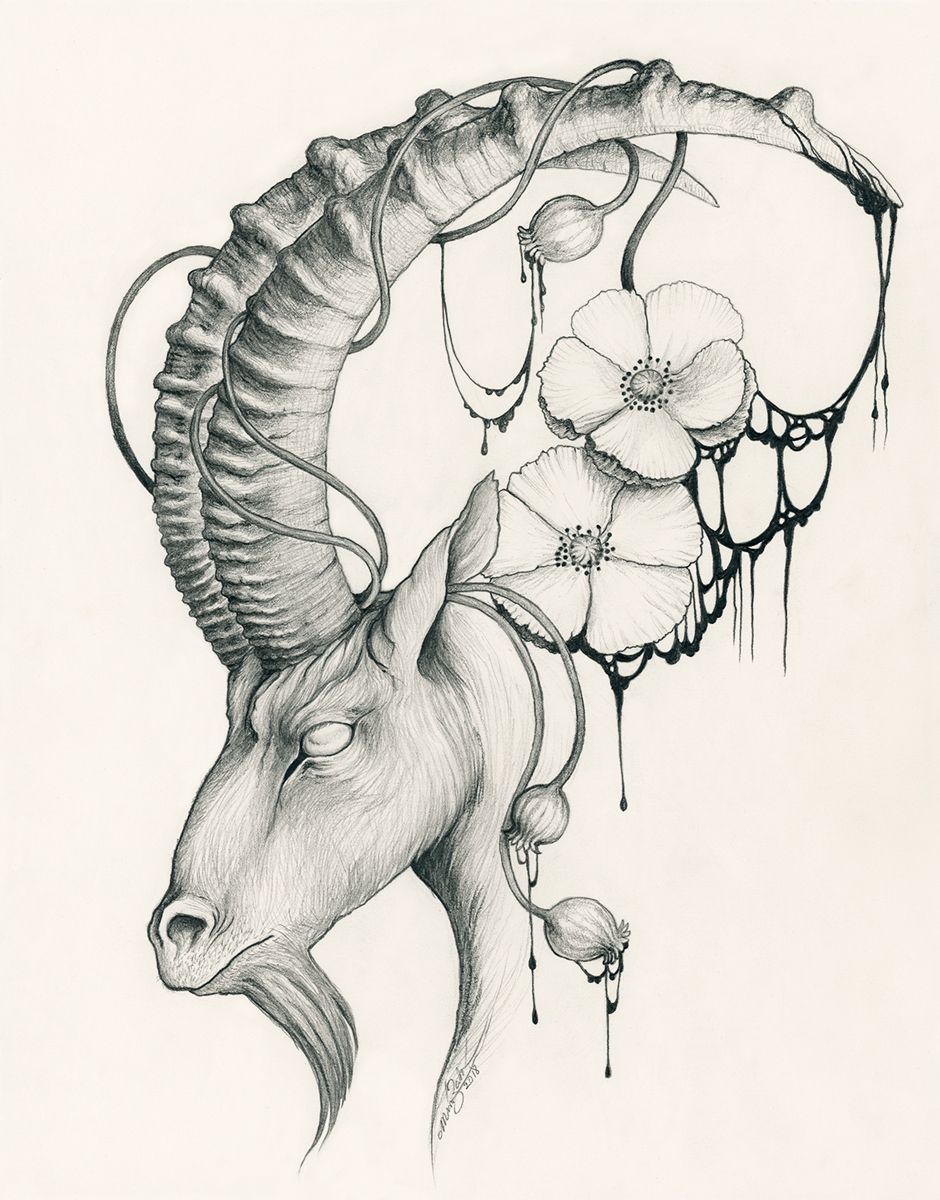
Q: You organised and curated the exhibition BLACKLANDS that focuses on the color black. Can you share the vision behind this project and what you, yourself, wanted to express through this exploration of such a powerful color?
I enjoy many different colors, but Black definitely triumphs in my wardrobe, aesthetic preferences and art. It’s the most dramatic color of all, precisely because it’s not really a color, but the absence of light. A poetically rich place for the imagination to run wild.
BLACKLANDS is my attempt at bringing together artists working with the color Black, whose works I enjoy and am proud of presenting. They work in different mediums and styles, but all are technically advanced and have a deep understanding of their craft.
The next group exhibition opens on October 12th at the wonderfully black boutique Lövendahl, Copenhagen.
"I believe there is wisdom in trying to understand even the worst of human nature,
and familiarizing oneself with great tragedies."
- Mariam Zakarian
Q: Are there specific myths, narratives, or personal experiences that continue to influence your work?
I’m inspired by so many different things that more often, it’s the opposite problem: having too many ideas and too little time to express them. One formative experience is being from two different cultures. I was born in Armenia and moved to Denmark when I was 8. I had to discard everything I knew about culture, language, social codes etc. and start over, which was quite painful for a while. But now I see it as a huge advantage. I’m relearning my native tongue, exploring the history and my origins. It’s a privilege to be able to see things from two very different points of view, to contextualize events, understand how different people think.
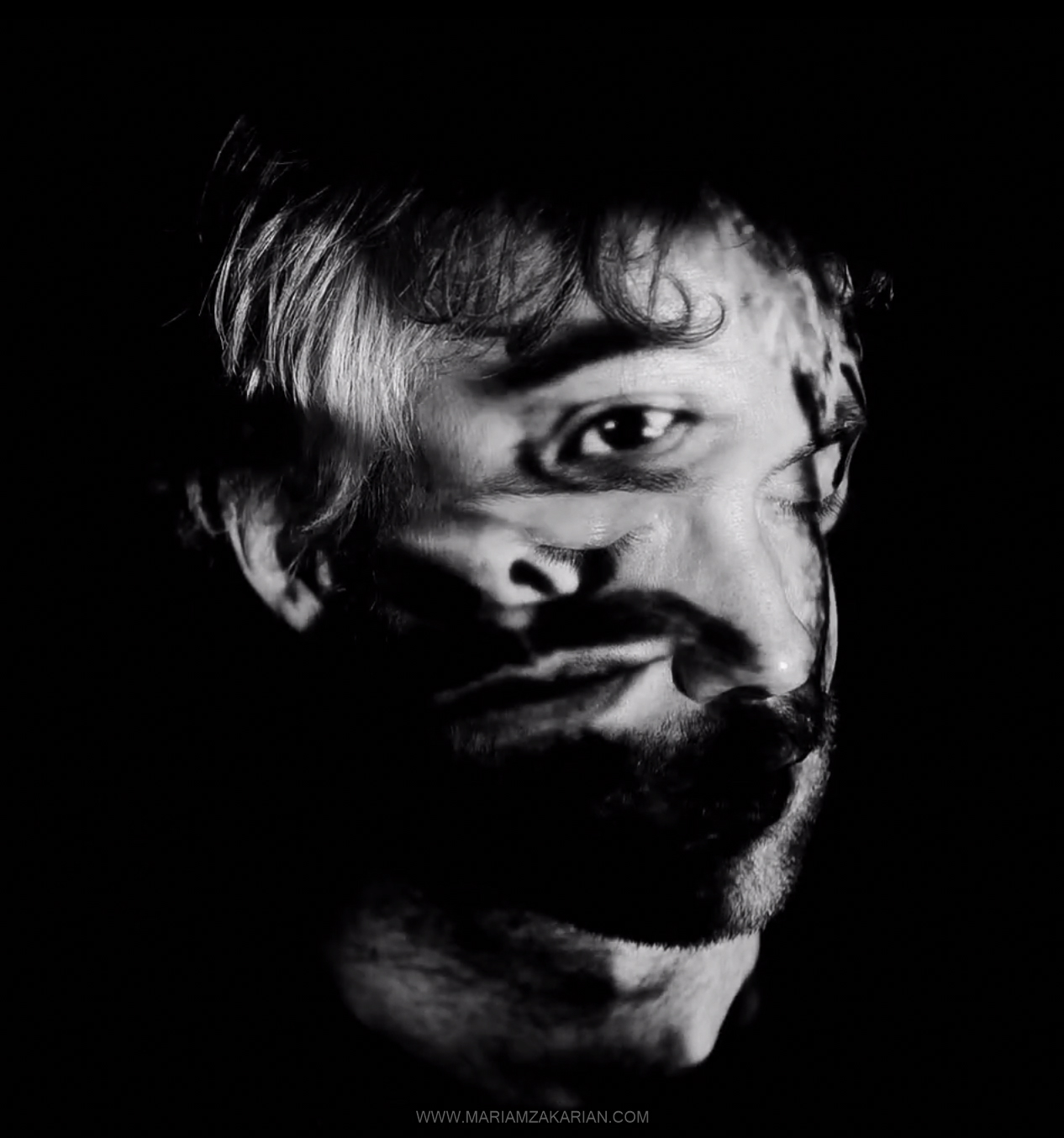
Q: Writing and doing photo essays for the underground music and culture magazine Selvtægt and also directing music videos, do you find that music plays a significant role in shaping your art? And if that is the case, in what way?
Music is absolutely one of my great passions. I listen to a lot of different genres, everything from Armenian folk music to alternative rock/metal, trip hop and weird, avant-garde stuff that I can’t properly understand.
Music is a shortcut to emotion. The right song can put me in the exact mental space I need to be in to create, providing energy and nuance. It can eliminate distracting thoughts and help me focus on the vision I’m chasing. I love merging sounds and visuals, which is also why I compose music for my VR art pieces, and work with musicians.
Q: Looking ahead, what new projects or themes are you excited to explore? Are there any new mediums or ideas you’re currently experimenting with that might be featured in your upcoming work?
Usually, I have 3-5 projects running simultaneously, and a bunch of collaborations and commercial work on the side.
At the end of last year I was commissioned by the Armenian musician Arthur Khachents to create an animated film for one of his songs. It’s inspired by the culture and people of Artsakh, which has historically always had an Armenian population, dating back 1000s of years. Artsakh was an Independent Republic until last year when Azerbaijan ethnically cleansed 120’000 Armenians from their homes. Prior to that, in 2020, Azerbaijan, supported by Turkey, had launched a brutal war against Artsakh, in which Arthur himself fought in the army to defend his home.
I taught myself to animate in 2D and 3D and developed a new production technique using VR for this project, and the film has just been completed and released.
My main priority now is to organize the BLACKLANDS exhibition for October, and to prepare for a solo exhibition coming later this year at Galleri Ørn.
Find more of Mariam Zakarian‘s work on her Website and Webshop.
Visit BLACKLANDS #2 on 12-19th of October at Lövendahl, Copenhagen. Opening on 12th, 14-18:00.
And catch her at the Unatur booth at the Witch Market at Kulturhuset Islands Brygge on 15th of September 10-15:00
Check out last month’s artist interview with experimental photographer, Nona Limmen, about capturing witches, vampires and demonesses.
And read about the electrifying, seductive artworks of the interviewer herself, Monica Hee Eun.

